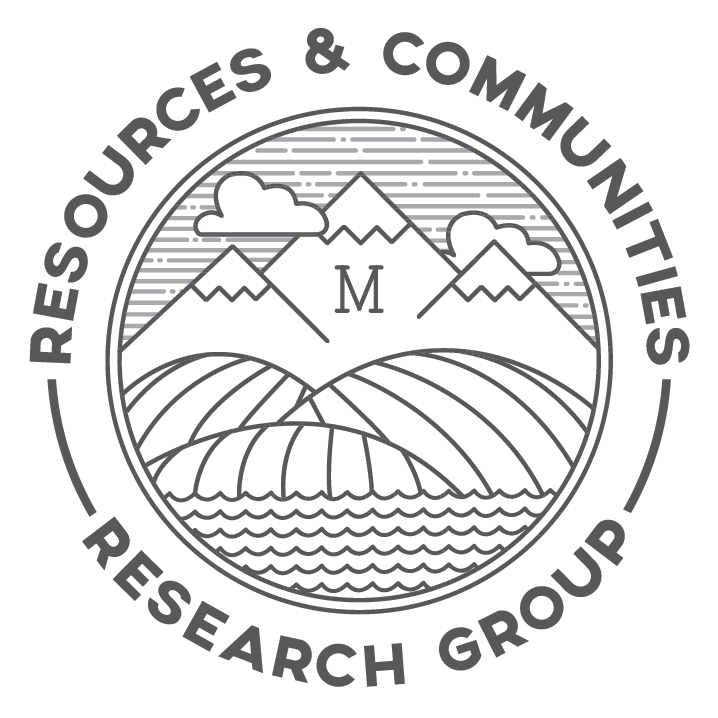Sunday, Nov. 11 was a notable day in New Zealand from the perspective of the
“agri-curious.” On this spring day, 17 participating farms across the country opened their gates to visitors—not only neighbors but also residents of nearby towns and cities. This was no simple open house, but rather a coordinated, strategic event designed and executed by a network of experts extending well beyond farmers and their staff.
The Open Gate day and its participating farms were heavily promoted across all forms of national media, with visitors required to register ahead of time for a limited number of spots. According to an industry representative we met, many farms had “sold out” of the hundreds of spots on offer for the day visit—and the event was expected to turn out a total of 12,000 visitors on 17 farms.
What is the draw? In part, the number of visitors may be explained by the clever design of the event. Billed as a family fun outing, the farm visits were part interpretive tour, part fair. A child at an Open Gate event for the better part of the day would have the chance to pet lambs and cows, eat free ice cream (a variety manufactured only for the day!), climb aboard a shiny milk tanker truck, examine live aquatic wildlife, and take part in a series of fun and games—the classic egg and spoon race, hay rides, and the like. Lots of free goodies—including souvenir kiddo safety vests--and product tastings were also available. Farmer owners and operators were on hand to socialize and displays were set up to describe environmental initiatives as well as the basics of farming.
What was particularly striking to me was the investment by staff and neighbors to make this event successful. At the farm we visited there were dozens of helpers—many of them farmer neighbors—on hand to take tickets, manage entry (we were required to clean our boots on the way in), offer cheese samples and hay rides, and explain various exhibits to visitors. Representatives of the Department of Conservation, the regional council and local landcare groups were all also on hand. Security was also on hand, and we learned that environmental advocacy groups planned protests at other Open Gate events.
Why so much investment? The Open Gate event is an attempt to nurture the dairy industry’s Social License to Operate—that intangible, but essential social contract granted to major industries that centers on public perception that a given industry’s benefits outweigh its social and environmental costs. The Open Gate family fun day is primarily a strategy to normalize and familiarize this highly intensive agribusiness model within urban and suburban Kiwi culture. If some social learning about the environmental and conservation orientation of some of these model farmers occurs along the way, all the better. I am not up to speed on all of the many ways that the industry is waging a Social License campaign, but I am intrigued by its publication of a “book of commitments” – intriguingly titled, The Good, The Global and The Gripes.
Dairying is not new to New Zealand, but its share of total agricultural production has increased dramatically in the past two decades. In 2018, dairy exports account for about 40% of NZ’s $42B primary industry sector (about 5% of national GDP). The increase owes in part to the shift in competitiveness of key NZ exports: where NZ lacks an obvious comparative advantage in the export of wool, sheep and beef meat without price supports or trade protection, the country’s year-round grazing and capacity for rapid agricultural transition gave the Kiwi dairy industry a strong foothold in supplying the growing global demand for dairy products, primarily dehydrated milk solids.
The dairy industry’s rapid growth, intensity, and rapid onset of cumulative impacts have triggered a national conversation about the environmental impacts of agriculture. Underway for over a decade in policy as well as media channels, this public dialogue raises questions about whether the environmental costs of agriculture (and particularly dairy farming) outweigh its benefits. Farm industry representatives we met perceive a large urban-rural divide in terms of familiarity with agriculture and so see the Open Gate farm as more than an environmental education initiative.
As a participant in and observer of one Open Gate event in Southland, I was impressed by two things (beyond the friendliness of all of the hosts, the exceptional sunny Southland weather, the number of eels netted for the fish display, and the specialty ice cream). First was the scale of the event, indicative in part of how desperately the dairy industry wants to address its public image. But my more optimistic side sees this the event as indicative of a desire to re-integrate town and country. Much more than a field tour for those with a specific interest in agriculture, this really was a community day and required a huge amount of coordination and effort. Part of this came from “above” in terms of the strategic marketing by the cooperative’s managerial and communications staff, but many neighbors were also on hand to help out. Second, the event, whether intentionally or not, made stunningly clear how multi-layered New Zealand’s dairy farms are: they are complex business organizations, high tech biosecurity and agricultural production facilities, family homes, nodes in a community network, and hosts to pockets of native biodiversity and experiments to enhance and expand its functioning.
I asked a Fonterra representative how they would know the event was working to achieve its aims. He replied that he felt confident it would based on the increase in reservations since the first event last year (12,000 this year versus 3,000 in 2017). He also noted that the cooperative’s marketing experts would analyze news media coverage, social media and their quarterly public survey for indications of the event’s success.

